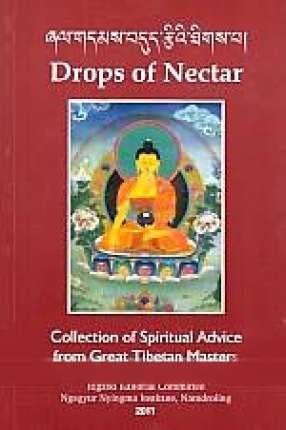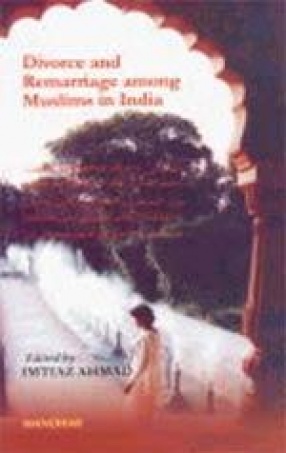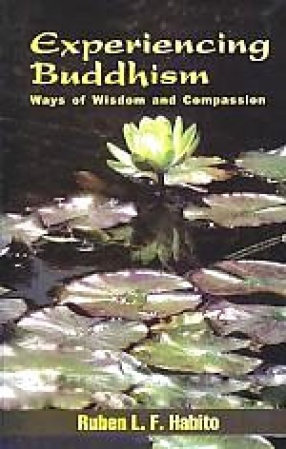The Salistamba Sutra, a Mahayana text of great antiquity, has perished in its original Sanskrit form. It is, however, extensively quoted in Sanskrit commentarial literature which does survive in the original. Moreover, the Salistamba survives in several Chinese versions and in Tibet, including a seventh century manuscript which represents one of the earliest extant examples of the Tibetan language. As a result, surviving Sanskrit quotations of the Salistamba Sutra can be matched against the Tibetan and Chinese translations of an original Sanskrit version of the text.
The resulting approximation of the Sanskrit text of the sutra is of considerable historical importance with regard to the origins of Mahayana Buddhism and the early history of Buddhism in general. The Salistamba Sutra appears to represent a formative period in which there yet remained many points in common between incipient Mahayana Buddhism and what was to become Theravada Buddhism. This situation suggests a gradual divergence between the two major streams of Buddhism rather than the radial schism depicted in traditional Buddhist history, and provides evidence for the contention that the Theravada suttas do indeed contain the earliest, most accurate version of the teachings of historical Buddha.





There are no reviews yet.